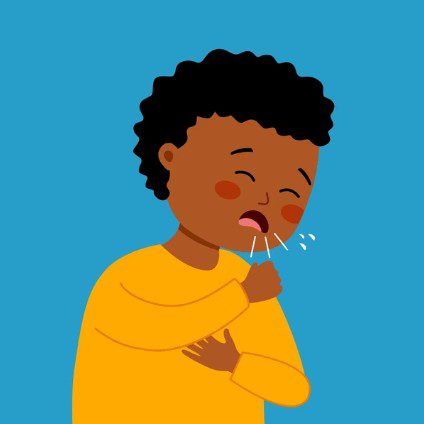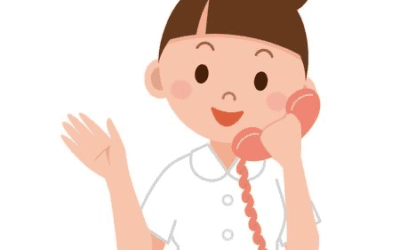What is eczema?
A quick review. Eczema (atopic dermatitis) is a topical rash that causes the skin to become red, itchy and flake. It usually presents in the first 5 years of life. Most children will outgrow their eczema, but in some cases, it may last until adolescence or adulthood. It is not contagious. Eczema looks and acts differently in infants and toddlers than it does in older children and the location and appearance of eczema changes as they grow. It’s important to be aware of these changes so you can better recognize and help manage your child’s eczema.
Infants (0-6 months): The rash usually appears on the face, cheeks, and scalp.
Babies (6-12 months): At this age the rash usually appears on the knees or elbows due to irritation from crawling.
Toddlers (2-5 years): Around the age of two, eczema is more likely to appear in the creases of the elbows and knees, or on their wrists, ankles and hands.
Children (+5 years): Eczema usually appears in the folds of the elbows and/or knees. Sometimes, it’s only on a child’s hands. Redness and itchy patches behind your child’s ears, on their feet or scalp, may also be signs of eczema.
Triggers
Some of the most common triggers that can cause an eczema flareup include:
- Dry skin
- Irritants
- Heat and sweating
- Infection
- Allergens such as pet dander, pollen or dust
- Cold, dry weather
Preventing Flareups
- Keep your child’s skin moisturized. Moisturizing your child’s skin regularly can be the easiest, yet most beneficial way to prevent a flareup.
- Use fragrance-free moisturizers. Creams or ointments are more moisturizing than lotion.
- Apply moisturizer at least once a day or more often if needed. Moisturizer should be applied to the face and entire body.
- Avoid irritants
- Wear soft fabrics such as 100% cotton clothing.
- Use mild, fragrance-free body cleansers and laundry detergents.
- Take short baths with room temperature water.
- Avoid the use of bubbles in the bathtub as these can irritate and dry out the skin.
- Remind your child not to scratch. Scratching can make the rash worse, also, the more your child scratches, the itchier the area will be. Keep your child’s fingernails short as to not cause an infection.
Treatment
Treating your child’s eczema varies with age, rash location, and severity. Many children with mild to moderate eczema can be treated using over the counter treatments such as lotions or creams, topical steroids (hydrocortisone cream), and/or antihistamines. Children with moderate to severe eczema may need treatment with prescription topical steroids, topical immunomodulators (steroid free), and/or oral antihistamines. As always, please consult your child’s primary care provider before beginning any new medications or treatments. If you have any questions or concerns regarding your child, please do not hesitate to call our office.
References




